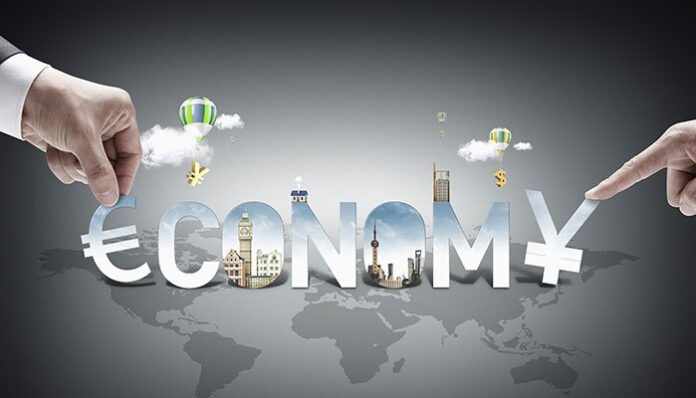Erin Yao would like to take street dance classes and travel, activities she could not do during three years of COVID-19 restrictions in China.
Instead of pursuing such goals, as many economists had expected consumers to do once China lifted those curbs, she is saving more of her salary than she did during the pandemic, when she felt compelled to stock up on basic necessities.
“I would ask myself if I have enough savings for treating an unexpected illness. If I lose my job, do I have enough money to sustain myself until I find a new one?” said the 30-year-old book editor.
But while faltering growth in the world’s No.2 economy has given rebalancing a new sense of urgency, transferring economic resources to households would require difficult decisions that would cause even more near-term pain.
“Their fall will make a recession unavoidable,” said Juan Orts, China economist at Fathom Consulting.
“We think that this is a price that Beijing is not willing to pay,” said Orts, who sees China heading towards “Japanification,” which refers to Tokyo’s “lost decades” of economic stagnation since the 1990s.

SAFETY NET
In theory, Yao could spend more if she found a job paying more than her 8,000 yuan ($1,097) monthly salary, which is less than a fifth of what book editors earn in the United States, according to employment website Glassdoor.
But China’s employment market is weak, with youth joblessness at record highs above 21%.
The private sector, responsible for 80% of new urban jobs, is still recovering from regulatory crackdowns on tech and other industries.
Policymakers have vowed to boost credit to firms, but businesses are ultimately constrained by frail domestic demand.
Another way to get people like Yao to spend is to address their insecurities. Many economists have called on China to boost its social safety net to rebalance the economy.
In Beijing, where Yao lives, three-to-24 month unemployment benefits are worth up to 2,233 yuan a month, slightly less than what she pays in rent for her 12 square metre room.
Her parents live in rural China and will soon reach retirement age, after which they can each receive meagre annual pensions of up to 1,500 yuan.
Yao spends 300 yuan a month on her father’s medicines, the same as what a dance class costs.
“If the public medical insurance covered more expenses for the elderly, I would feel more secure,” Yao said.
Financial uncertainty is also discouraging her from having children, she added. China’s population is ageing and shrinking, especially in the 20-40 bracket, when people usually reach lifetime consumption peak.
MEASURES
Over the past month, various government departments have announced dozens of measures to boost consumption, heeding calls from a key Communist Party leadership meeting.

They include car and home appliances subsidies, extending restaurants’ opening hours and promoting tourism and entertainment activities.
Yao was unswayed and would prefer consumer vouchers, which some local governments in China have issued, but in amounts too small to matter at a macro level. Businesses are similarly unenthused.
“We haven’t really seen anything in terms of really boosting demand,” said Jens Eskelund, President of the European Chamber of Commerce in China, adding “that would be more important than supporting the supply side.”
Wang Jiliu, 45, who owns a catering business in the Chinese island of Hainan, says revenue is declining, partly because people’s incomes haven’t improved much since the pandemic.
That, in turn, is affecting her own spending habits.
“I think in the same way: I will also control my desire to shop,” Wang said. “In the past, we used to eat out and travel, which we don’t do much anymore.”
Proposals for demand-side measures from economists include better and more widely available public services, higher social benefits, giving workers more legal bargaining power, or distributing stocks of state-owned firms to citizens.
But who pays? An extra burden on businesses – through higher welfare contributions, for example – is another hit to employment and growth. That leaves the government sector, which is dealing with a municipal debt crisis.
Local governments, while cash poor, are asset rich. Net assets of non-financial state-owned firms reached 76.6 trillion yuan in 2021.
Michael Pettis, senior fellow at Carnegie China, estimates that if Beijing forces local governments to transfer 1-1.5% of GDP to households, China could maintain current growth.
“The wealth and power of local government, business and financial elites often depend on control of those assets,” he said.
“One of the really big conflicts is likely to be between Beijing and the local governments over how to allocate the various adjustment costs. That will become one of the most contentious political issues over the next two years.”

























